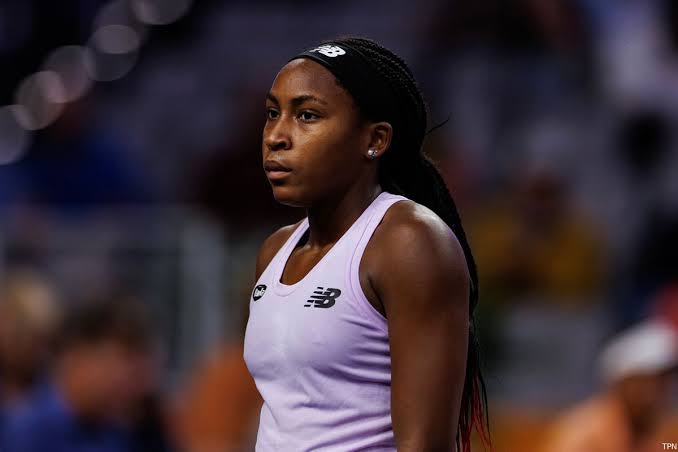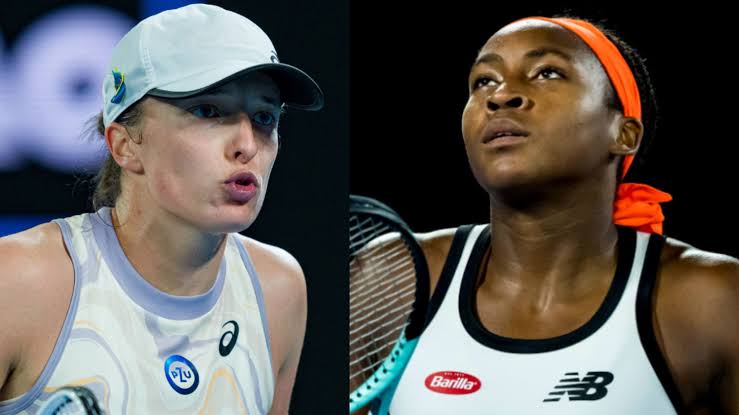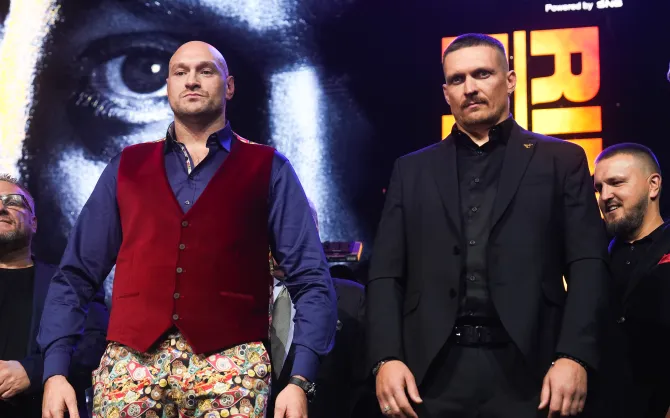“Coco Gauff’s Devastating Injury Update: Six-Month Sideline and Wheelchair Prognosis After Surgery, Medical Specialists Share Grim Outlook”
Title: “Coco Gauff’s Road to Recovery: Navigating a Six-Month Hiatus and the Unprecedented Challenge of a Wheelchair-Bound Journey Post-Surgery”
In a heartbreaking revelation, tennis prodigy Coco Gauff has laid bare the critical injury updates that will force her out of competition for the next six months. The shockwaves of this announcement reverberate through the tennis world, as fans and fellow players grapple with the reality of witnessing one of the sport’s rising stars face an extended period of recovery. Adding a daunting layer to the challenge, medical specialists have disclosed a prognosis that envisions Gauff relying on a wheelchair before and after surgery, intensifying the gravity of her situation.
Coco Gauff’s journey to the upper echelons of tennis has been nothing short of extraordinary. Bursting onto the scene with poise and precociousness, the young American quickly became a household name, captivating audiences with her skill, charisma, and the promise of a dazzling future. However, the unforeseen twist of a critical injury has now thrust her into uncharted territory, leaving a void in the tennis landscape and prompting a collective rallying of support.
The injury update discloses that Gauff will be sidelined for six months, a timeline that echoes the challenges faced by athletes when confronted with significant physical setbacks. The half-year hiatus not only disrupts her competitive rhythm but also poses questions about the psychological toll of being away from the sport that has defined her identity and aspirations.
The crux of Gauff’s predicament lies in the need for surgery, a decision made in consultation with medical specialists who are tasked with steering her through the intricate path of rehabilitation. The revelation that Gauff will be reliant on a wheelchair both before and after the surgery adds a layer of complexity to her recovery journey, heightening the stakes and underscoring the severity of her condition.
As the tennis community absorbs this somber news, the focus shifts to understanding the nature of Gauff’s injury and the implications for her future in the sport. Injuries are an inherent part of any athlete’s career, but the extent of Gauff’s situation prompts reflections on the fragility of the human body and the delicate balance between pushing physical limits and ensuring longevity in a demanding profession.
The details surrounding Gauff’s injury, while not fully disclosed, raise broader conversations about the physical toll of professional tennis. The repetitive nature of the sport, coupled with the intensity of training and competition, places unique stresses on an athlete’s body. Gauff’s plight becomes a symbol of the sacrifices inherent in pursuing excellence in the highly competitive world of professional tennis.
The psychological impact of a prolonged absence from the sport should not be underestimated. Athletes, particularly those as young and promising as Gauff, often find solace, purpose, and identity in their athletic pursuits. The forced separation from the court can lead to feelings of isolation, frustration, and a reassessment of one’s place in the competitive landscape. Gauff’s mental resilience will be tested as she navigates this period of uncertainty and rehabilitation.
The decision to undergo surgery is a pivotal moment in any athlete’s career. For Gauff, it marks a crossroads where the pursuit of physical well-being intersects with the aspiration to reclaim her place among the elite in tennis. The medical specialists guiding her through this process play a crucial role not only in addressing the immediate injury but also in charting a course for sustained health and performance.
The prospect of relying on a wheelchair before and after surgery introduces unique challenges to Gauff’s recovery. The physical and emotional adjustments required for mobility, independence, and the daily routines of life become integral components of her journey. The tennis community’s response to this aspect of Gauff’s situation reflects broader discussions about inclusivity, accessibility, and the support systems in place for athletes with mobility challenges.

As Coco Gauff embarks on this unforeseen odyssey of recovery, the tennis world watches with bated breath, sending waves of support and encouragement. Her resilience and determination, traits that endeared her to fans worldwide, will be put to the test in the coming months. The narrative now shifts from the thrilling forehands and agile court movements to the meticulous steps of rehabilitation, each one bringing Gauff closer to the prospect of a triumphant return.
The broader implications of Gauff’s injury extend beyond the individual to the collective consciousness of the tennis community. It prompts reflections on the transient nature of athletic careers, the responsibilities of sports organizations in safeguarding player well-being, and the enduring spirit of competition that persists even in the face of adversity.
In conclusion, Coco Gauff’s critical injury updates mark a poignant chapter in the narrative of one of tennis’s brightest stars. The next six months will unfold as a testament to her resilience, the support of the tennis community, and the unwavering determination to overcome unforeseen challenges. As Gauff navigates the complexities of surgery, rehabilitation, and the prospect of a wheelchair-bound recovery, the tennis world stands united in the hope that this setback will ultimately pave the way for a triumphant return to the court and the resumption of her inspiring journey in the world of professional tennis.






